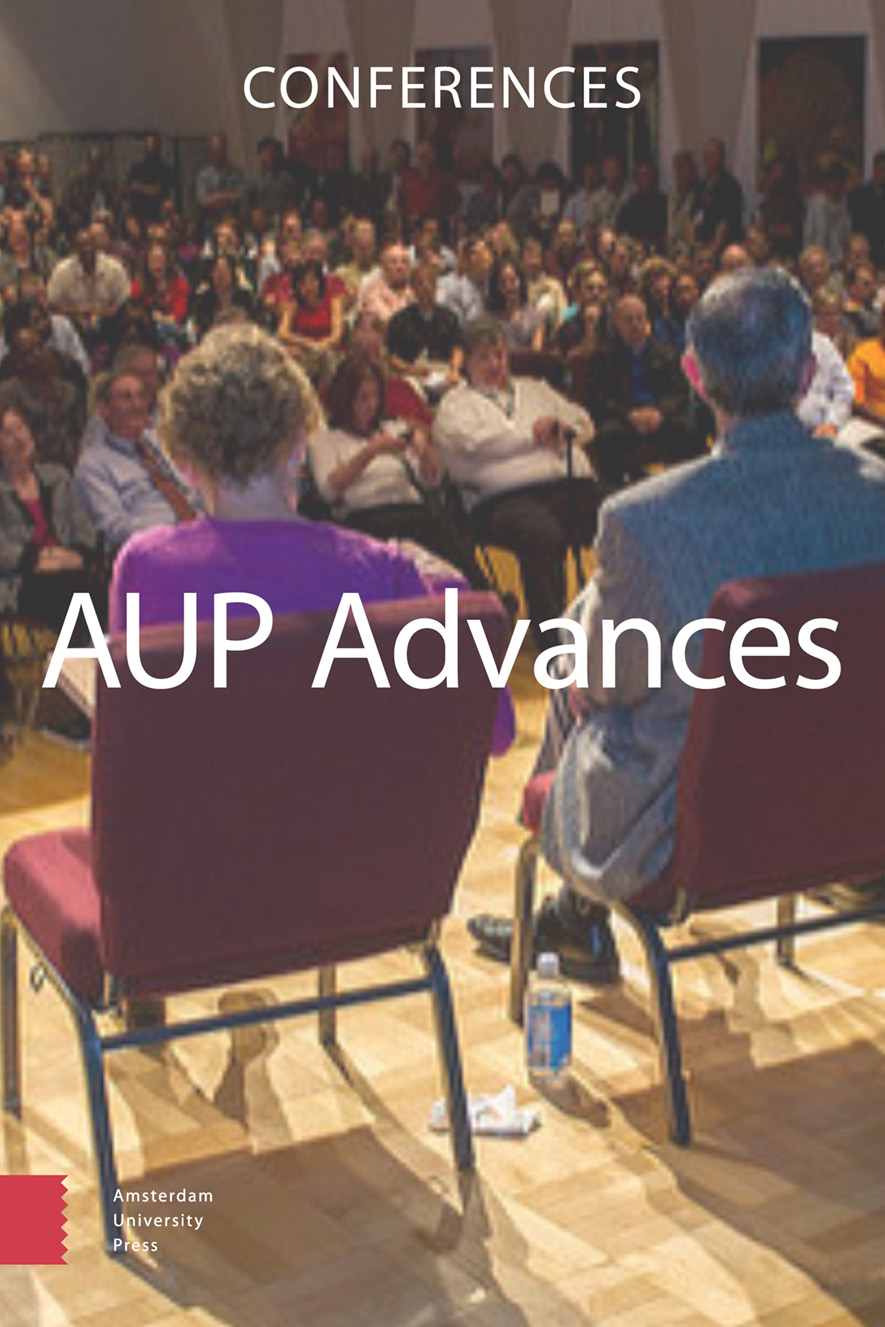- Home
- A-Z Publications
- AUP Advances
- Previous Issues
- Volume 1, Issue 1, 2018
AUP Advances - Volume 1, Issue 1, 2018
Volume 1, Issue 1, 2018
Language:
English
-
-
Decreasing the Distance Between International Standards from Different Domains: The Case of Project Management and Aviation Safety Investigations
More LessAbstract Safety investigations fall under the typical definition of a project since they have definite start and end dates and offer a specific end-product, meaning the safety recommendations which must be considered by the respective stakeholders as a means to improve the safety of daily operations. The scope of this study was to investigate whether safety investigations could benefit from project management. The resear Read More
-
-
-
The AVAC-SMS Metric for the Self-assessment of Maturity of Aviation Safety Management Systems
More LessAbstract This paper introduces the AVAC-SMS maturity metric and its accompanying tool which were developed in the frame of a research project with the aim to suggest new safety metrics, especially for Small-Medium Enterprises (SMEs). The metric is based on the ICAO Safety Management Manual, it was designed by applying the Systems-Theoretic Process Analysis (STPA) technique and it was reviewed by companies, author Read More
-
-
-
Safety Management and the Concept of Dynamic Risk Management Dashboards
More LessAuthors: Ilias Panagopoulos & Nektarios KaranikasAbstract Risk management is considered as the core process of an effective safety management system for identifying hazards and assessing risks. However, recent fatal hull loss accidents appear to have resulted from a combination of factors, none of which can alone cause an accident or even a serious incident. Therefore, traditional safety risk assessment processes, risk matrices, hazard logs and conventional risk manag Read More
-
-
-
The Safety Risk Event Avoidance Capability (SAREAC) Indicator
More LessAuthors: Nektarios Karanikas & Theodoros MorakisAbstract Current practice regarding risk assessment contemplates the severity and likelihood of risks and employs the use of matrices where these factors are classified and cross-referenced to evaluate risk levels. Depending on the adequacy and reliability of data, the likelihood is estimated with quantitative or qualitative methods; severity is estimated according to experience from past events. This standard technique for as Read More
-
-
-
Safety Metrics Based on Utilisation of resources
More LessAbstract The objective of the study described in this paper is to define safety metrics that are based on the utilisation of resources. The background of this research is a specific need of the aviation industry where small and medium-sized enterprises lack large amounts of safety-related data to measure and demonstrate their safety performance proactively. The research department of the Aviation Academy has initiated a 4-ye Read More
-
-
-
Drift into Failure, an obsolete Construct
More LessBy John StoopAbstract In the dilemma of Work-as-Imagined versus Work-as-Done (WAI/WAD), the delicate balance between rules and reality is often explained by stating that in case of an accident, a drift into failure had occurred. Such explanations refer to either individual operator’s or managerial decision making, where a violation of a predefined rational and hence, optimal and efficient decision making had taken place. Such drift is substa Read More
-
-
-
How much do Organizations Plan for a Positive Safety Culture? Introducing the Aviation Academy Safety Culture Prerequisites (AVAC-SCP) Tool
More LessAbstract Safety culture has been a topic of discussion in safety literature in the past three decades. Since its first mentioning after the Chernobyl accident much have been written about what fosters a positive safety culture within organizations. The Aviation Academy of the Amsterdam University of Applied Sciences conducted a literature review into safety culture development guidelines and identified a list of 37 prereq Read More
-
-
-
The Interrelation of Flight Operation Safety with Occupational Safety and Health Within an Aviation Organization
More LessAbstract Since the very early days of aviation, both civil and military, safety is considered of high importance. Flight Operation Safety (FOS) constitutes a core business element of success and brand recognition for Aviation Organizations (AO). The last decades another aspect of safety, that of Occupational Safety and Health (OSH), has been incorporated in the business context, thus in AO’s. Numerous studies demonstra Read More
-
-
-
Complexity of Socio-Technical Systems: concept for a uniform metric
More LessAbstract For five decades complex socio-technical systems have been studied in an attempt to understand and prevent the occurrence of accidents. In this paper, the authors define a concept for a System Complexity metric, comprising the total of all direct interactions between the system elements and the tools the controller has to control the system. Subsequently, the human performance of the operator is taken i Read More
-
-
-
The COSYCO Concept: an Indicator for COmparing SYstem COnfigurations
More LessAbstract The recently introduced Risk SituatiOn Awareness Provision (RiskSOAP) methodology suggested an indicator to measure the distance between the configuration of a real system and its ideal version or between various system versions. It considers the (in)existence or (mal)functioning of system components, processes and connections based on a binary approach. However, in practice safety requireme Read More
-
-
-
Effectiveness of risk controls as indicator of safety performance
More LessAbstract The objective of the study described in this paper is to define safety metrics that are based on the effectiveness of risk controls. Service providers define and implement such risk controls in order to prevent hazards developing into an accident. The background of this research is a specific need of the aviation industry where small and medium-sized enterprises lack large amounts of safety-related data to measure a Read More
-
Volumes & issues
Most Read This Month
Article
content/journals/25896725
Journal
10
5
false
en


